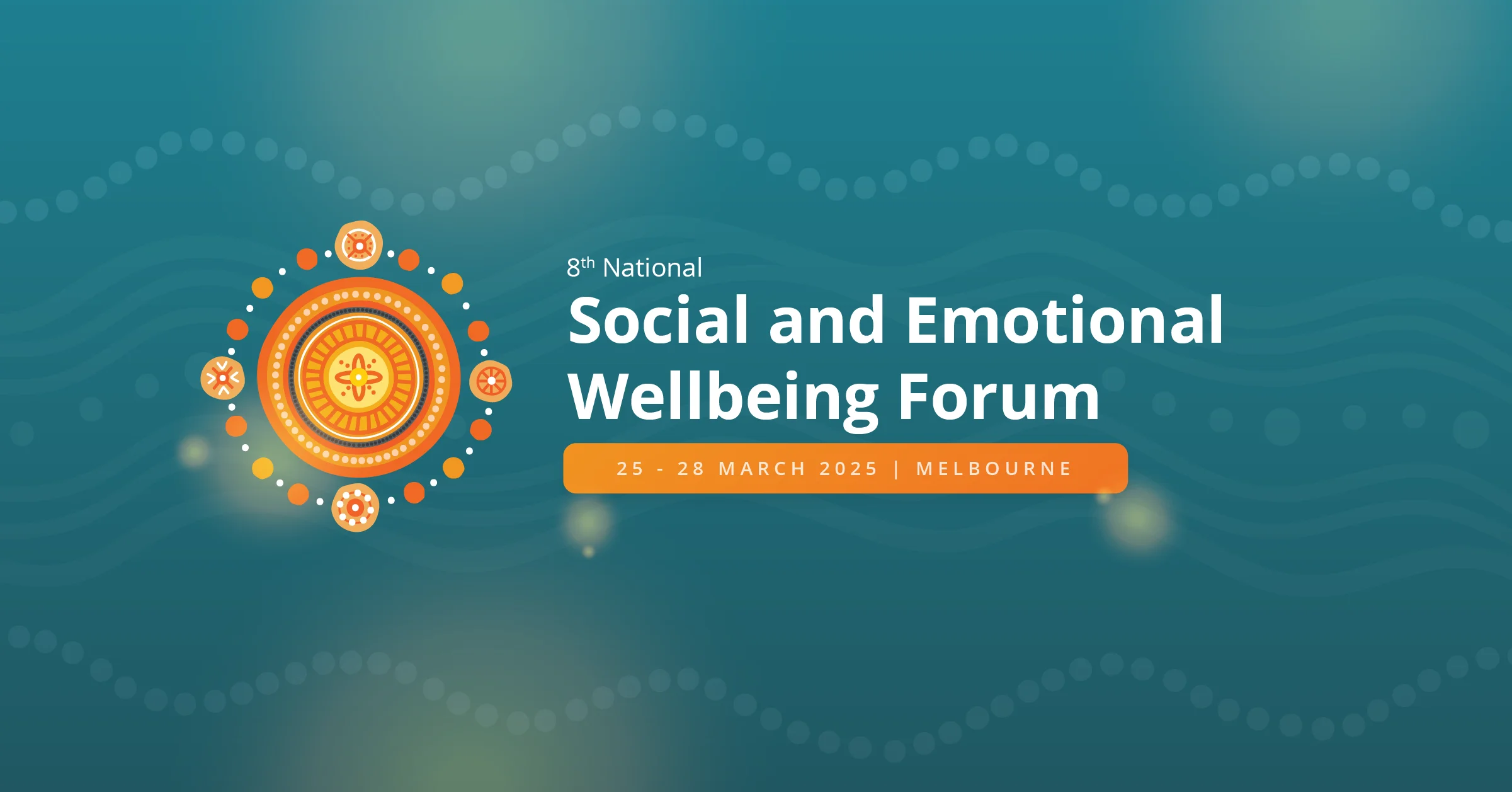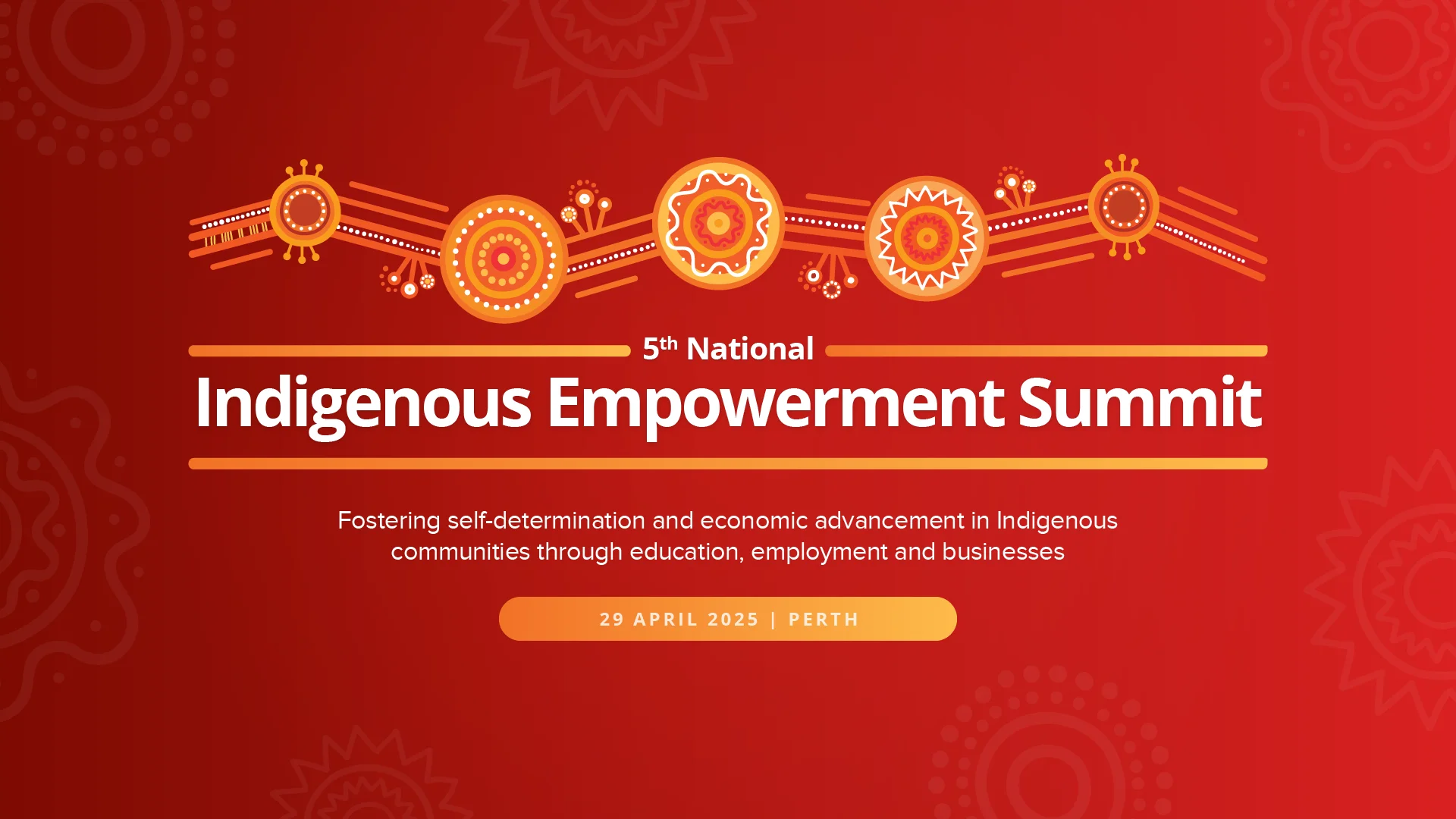What were your top three achievements with Philanthropy Australia?
- The outcome of the private ancillary fund – the advocacy and the simplification of the Private Prescribed Funds (PPF) structure, and the resulting private ancillary fund structure. That advocacy has been very successful, so it’s a very positive outcome for the philanthropic sector and indeed the community sector generally.
- Our leadership in the IT space – taking the risk to open up our website, which seems pretty obvious today, but it was a pretty scary thing to do four and half years ago.
- With the help of our membership, we’ve professionalised the organisation and taken it to a more national focus.
What are the broader changes that you’ve seen over the past five years in the philanthropic sector?
There’s no doubt that one of the most significant changes was in mid-2006 when Warren Buffet made his big announcement that he would give the vast majority of his money to the Bill and Melinda Gates Foundation.
He made a statement that he was leaving his children enough money for them to do what they wanted, but not enough that they could do nothing. That statement has been repeated back to me time and time again.
I think that that donation changed the way that the reporting of philanthropy happened in Australia, and I think that because of the media’s focus, it raised the whole profile of philanthropy in Australia, and it’s been a huge boost to me.
What are some of the challenges that may arise over the next few years?
The biggest thing is that we need to have a government, any government, that will really start to act on the recommendations of the Productivity Commission.
This has to happen. The not-for-profit (NFP) sector is being crushed by over-compliance and over-regulation. At the same time, there are greater expectations from government, business and the community for the NFP sector to really generate social change. But that cannot happen without a lifting of the burdens being placed on the sector.
The sector is getting to the creaking stage and we’re going to face some major issues unless government engages with this issue.
We need to see significant engagement and implementation of real changes to reduce over-compliance and regulation, and to increase efficiency.
We have an aging population and we have increasingly big wage differentials between the NFP sector and government – and it’s even bigger with business – and that has to be addressed because services are going to fall through the floor.
We actually have to start thinking about how we fund human services. If the carers stop caring, it’s going to be a huge, huge issue in this country.
Why did you decide to move from the corporate sector and how did you find the transition?
I stepped out of St Hillier’s and I needed to do something different. Moving sectors was not better or worse, but a very different way of operating.
One of the things that I brought to Philanthropy Australia was the understanding of those productivity improvements that can be made with technology.
We also made great use of open source technology. There are a lot of options for NFPs out there that are free and I think that many NFPs probably still don’t understand that. Many need to tap into the experience of a 20-year-old volunteer who would be happy to do a whole lot for them, quite easily.
Was it an advantage to bring a corporate perspective to the third sector?
Definitely. When you move sectors, you learn a lot yourself. I learnt a tremendous amount about the NFP sector, and how it works and operates. I also bring with me experience and contacts from the corporate sector.
One of the great things that I’ve been able to do is sit in forums and bang the table with my former bosses about the need to invest in capacity building grants for the NFP sector. That was a really valuable thing to be able to say, “You’ve got to do this and this is why. I know you invest in the skills of your staff, why don’t you invest in the skills of the NFP partners you have?”
There are some extremely skilled operators in the NFP sector. I want to continue to make sure that the business community understands how skilled some of the NFP executives really are. I want to ensure that business takes greater notice. We do that through continuing to advocate for change.
What are your plans for the future?
I’ve been here nearly five years and it’s time to change. For me, it’s a personal decision to do something a bit different.
I’ll always have links to the NFP sector, but I don’t know what I’m going to do next – in my career, I’ve always left a job and something has always appeared.
I’m going to sit on the beach for a couple of weeks. That’s all the plans I’ve got at this stage!












